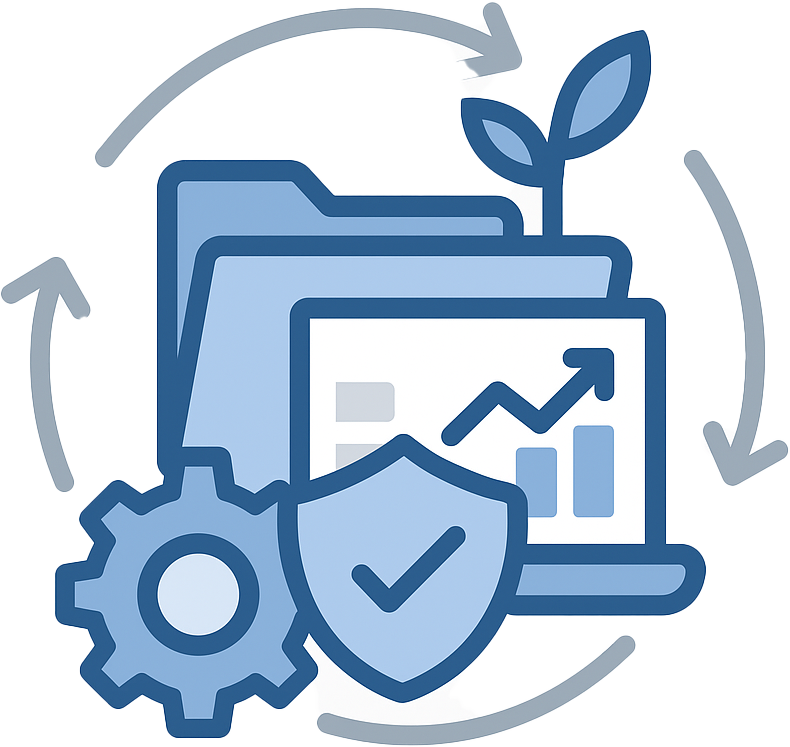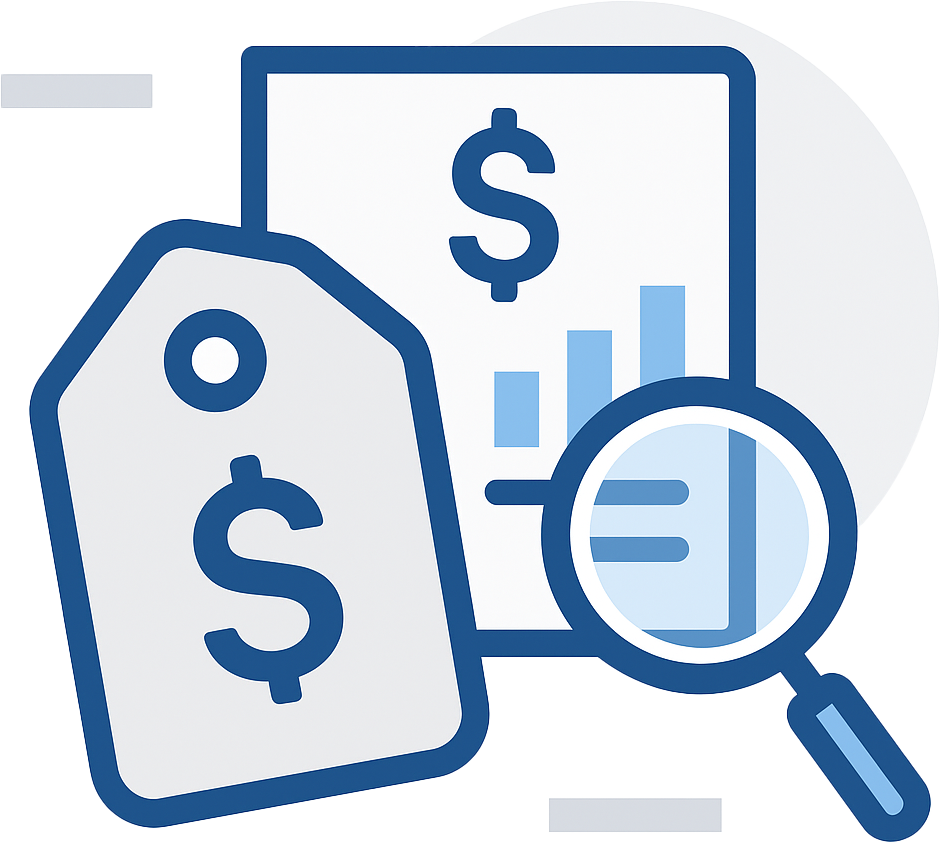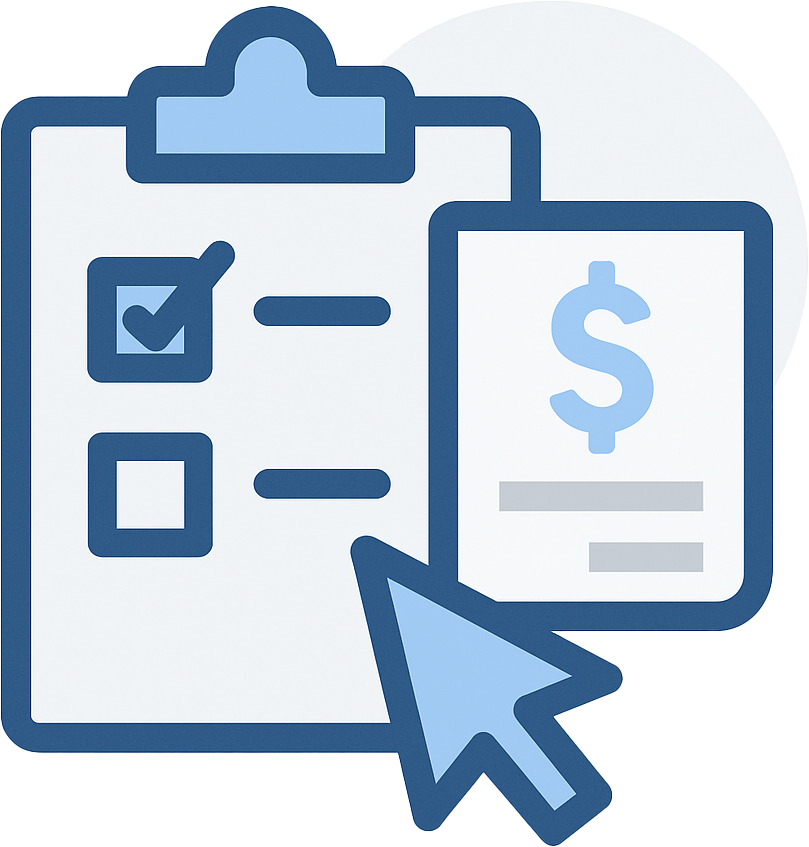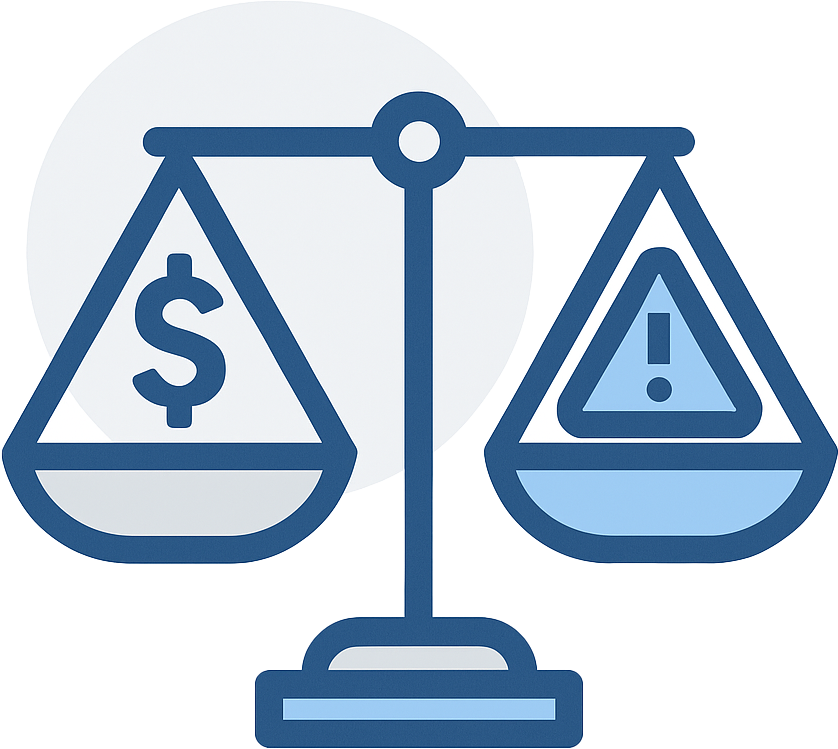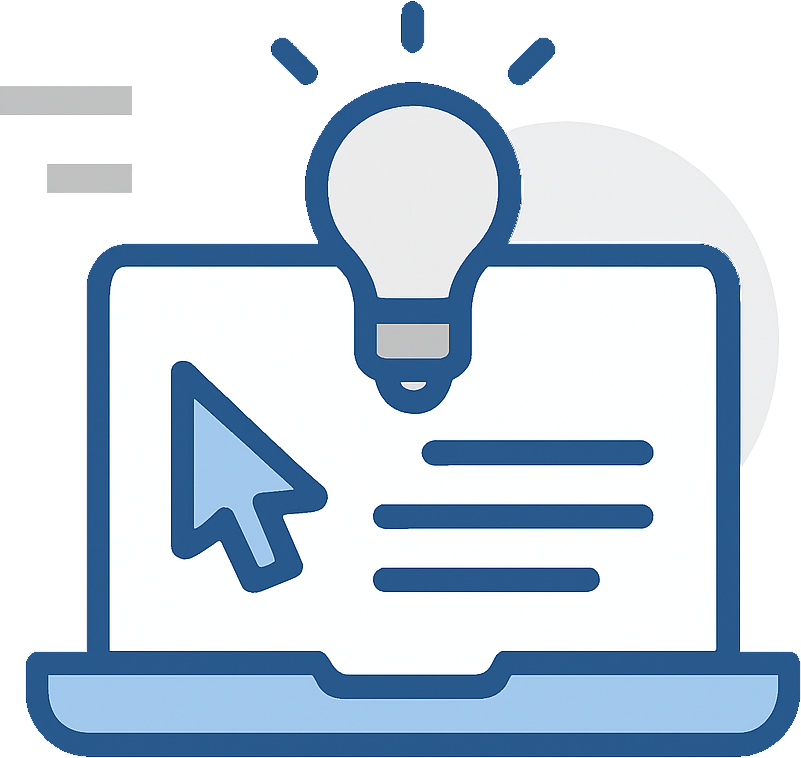Learn what to do if your stormwater sample results exceed limits or benchmarks in New York under a SPDES stormwater permit.
Running an industrial operation in New York (city, county, or state) all means one thing - stormwater permits. Having a stormwater permit often means that you need training, or to hire an outside lab, since part of your permit requires stormwater sampling.
For many operations, this is a tricky thing to stay ahead of, especially if you've gotten a bad sample. But what does a bad sample actually mean? What should you do if you have an exceedance? Regardless of if you're in Brooklyn or Buffalo, you need to treat an exceedance in your stormwater sample the same way.
A quick word on stormwater samples & SPDES stormwater permits.
Most people think stormwater results fall into a black hole never to be seen again, but this couldn't be further from the truth. Many people think that their SPDES stormwater permit requires only that a stormwater sample be taken, and nothing else, but again, this couldn't be further from the truth.
Let me just say this right now: if you screw this up you could be facing enforcement from a multitude of people, and I like to describe it like this:
- The New York State Department of Environmental Conservation (NYSDEC) - Consider them like a "state trooper". They're tougher to deal with than locals, but not impossible to handle.
- The USEPA - Consider them like dealing with the FBI. If they're at your site talking to you, be very, very careful dealing with them.
- City Agencies - For example, there's the New York City Department of Environmental Protection (NYCDEP). There could be an agency in your city or town, but generally dealing with these guys is like dealing with local cops. They're usually more understanding and helpful.
- 3rd Party Environmental Groups - Imagine the liquid metal guy from Terminator 2, but fueled by millennials and environmental lawyers who are ruthlessly enforcing environmental regulations as they see fit (yes, they 100% legally can do this and they are very active throughout New York!) If this is the first you're hearing about 3rd party groups, check out our article on 3rd Party Environmental Groups, Lawsuits & Environmental Compliance. These groups have names like riverkeepers, coastal watch, or anything that sounds environmental with phrases like institute or foundation thrown in.
Just to be crystal clear, I'm only talking about your stormwater sample. Your New York SPDES stormwater discharge permit (more technically called the New York Multi-Sector General Permit or MSGP for short) requires a lot of things in addition to a stormwater sample. This includes:
- Quarterly routine facility inspections;
- Quarterly visual inspections of stormwater discharges (where you scoop up a sample of your stormwater that is being discharged and visually inspect it, then record the inspection results);
- Annual dry weather inspection to confirm that there are no non-stormwater discharges (which you really should do during your quarterly routine inspections, if you ask <me, since these spell trouble under a stormwater discharge permit regardless of when you or anyone else observes them);
- And a whole lot more.
So your stormwater sample, whether it's one annual sample or more, isn't all you have to do. If you don't get your sample, you darn well better be able to document why you couldn't get one, which better be because you haven't had a discharge and you have the records to prove it! Anything less than that and expect enforcement action.
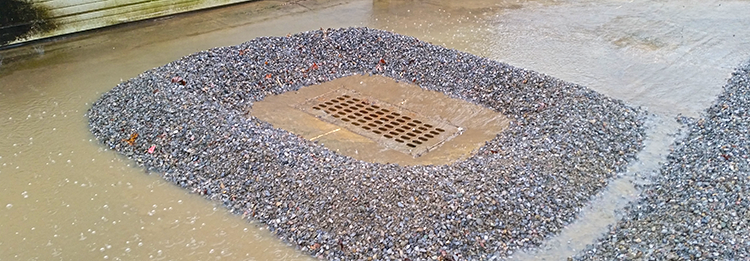
What about exceedances in stormwater samples under a SPDES stormwater permit?
I know what I have to test it for, and when to get it. But once I get it, that's it, right? I can forget about it for another year? Yes, and no - but it all comes down to the results you get.
Suppose you got a stormwater sample, sent it off to your testing lab, and then got the results back. You checked the results against the applicable benchmark for your type of facility in your SPDES permit, and you were under all of the applicable required benchmarks. What else is there for you to do?
Well first off, celebrate, you're doing a great job! Your stormwater BMPs are working, you have your act together, whatever. Pop the champagne, you're done for the year. Bear in mind that you'll have to report the results to NYSDEC on the required reporting forms, known as Discharge Monitoring Reports (or "DMRs") along with your Annual Certification Report. But that's a given, right?
But here's the million dollar question. What if you exceeded the applicable benchmark values? What do you do? Let's use an example.
Suppose your facility is required to do annual benchmark monitoring for parameters TSS, Y, and Z. You take your sample. What do you do next?
First and foremost, you need to compare your results to the benchmark values for your facility. That means know them. Write them down. Get a tattoo of them for your arm (okay, maybe not really). Regardless, you have to know them, live them, understand them.
So for this example, you took your sample, and back comes your lab result. What you need to do is read that lab report carefully, and compare your results to your benchmarks. In this example, let's assume your results "passed" (i.e., were under) the benchmark levels for Y and Z, whatever that might be. Great news! But, your benchmark level for TSS was 100 mg/L, and your result got a 250 mg/L. That's a problem...
So what do we do?
Well, here's where permit requirements kick in. Turns out, you have to act. You have additional responsibilities:
- You got your results, and you compared to the benchmarks for your type of facility in your SPDES MSGP permit. In this case, you compared your result of 250 mg/L TSS to a benchmark of 100 mg/L. You passed on the others, but this is an exceedance and you need to know it.
- You MUST evaluate your facility to see if you can figure out why you exceeded the benchmark. Was the site dirty? Was the outfall dirty? Are there materials which were exposed to stormwater which might have contributed to the exceedance? Once you figure out why your result was no good, you need to address the big issue, what can you do about it?
- Then, FIX the problem! Address the problem through some "corrective action". This might mean ramping up your stormwater BMPs, like maybe you need to sweep more, put a cover on something, install some filtration at your outfall, etc. Or, it may mean go back to the drawing board and change your stormwater BMPs. It all depends on your situation.
- Once you decide what to do, you need to revise your Stormwater Pollution Prevention Plan (SWPPP) to include your BMP enhancements. This is something you may or may not be able to do on your own, which we cover in this article: can I do my own SWPPP?
- Now, you must take another sample to evaluate the effectiveness of the corrective actions you've made! You'll need to take this sample during the first six months of the following year and analyze for the pollutant(s) that exceeded the benchmark in the prior year. This sample is IN ADDITION to your regular sample for that following year! So in other words, fail on a benchmark in one year, and you'll be taking at least 2 samples in the following year!
- After taking your sample after corrective action, you need to report the results on a "Corrective Action Form" provided by NYSDEC by July 31st of the calendar year in which the sample was taken. If your follow-up sample doesn't pass, you need to continue improving your BMPs in the same manner and continue to document your results.
In short, if you have an exceedance, you have a lot to do.
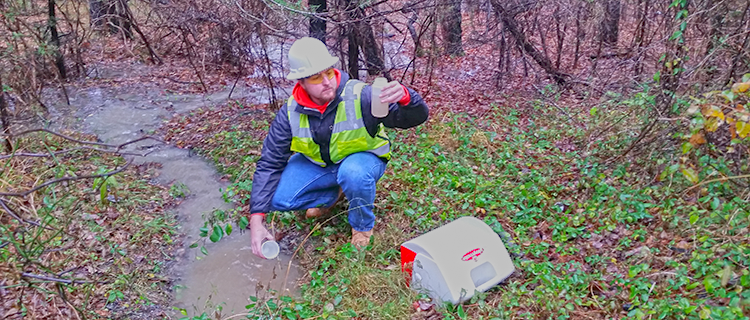
An example of an exceedance in a stormwater sample.
Let's go back to our example above.
- Our facility got our sample on September 1st of 2017. We reviewed our results as soon as received, and found that while we passed on X and Y, we exceeded the TSS benchmark of 100 mg/L by getting a result of 250 mg/L.
- We need to review why we might have exceeded on TSS, institute better BMPs, and document all changes made in our SWPPP.
- Then, between January 1st, 2018 and June 31st, 2018, we have to take a sample to confirm that our improvements relative to TSS were effective. If they were, good! If they weren't, it's back to the drawing board. Then, we still have to take another sample for our 2018 sample, meaning two stormwater samples in 2018.
- By July 31st, 2018, we have to submit our Corrective Action Form outlining what we've done, and the difference it made in our TSS results.
Got that? I know, it's a lot of work and takes a lot of time, but if you proceed through it step by step it's not that hard to deal with. It might sound a bit confusing, but follow this guidance and you should be all set.
Final word on SPDES stormwater permits, stormwater samples, and exceedances.
The bottom line is that you have to review your sample results and do something about them. You can't file them into that black hole of results, you have to review them and maybe do some corrective action to get good results from then on.
And really, that's the whole goal of this exercise; to produce a cleaner stormwater runoff that is then discharged into our waterways. By engaging in this exercise, you'll start to learn what works, and what doesn't. Not only will you then be in compliance, you'll also be doing your part to keep our waterways clean.
To learn more about stormwater sampling, or how to deal with bad stormwater results, click here to contact us or call us at 609-693-8301 to learn more.


